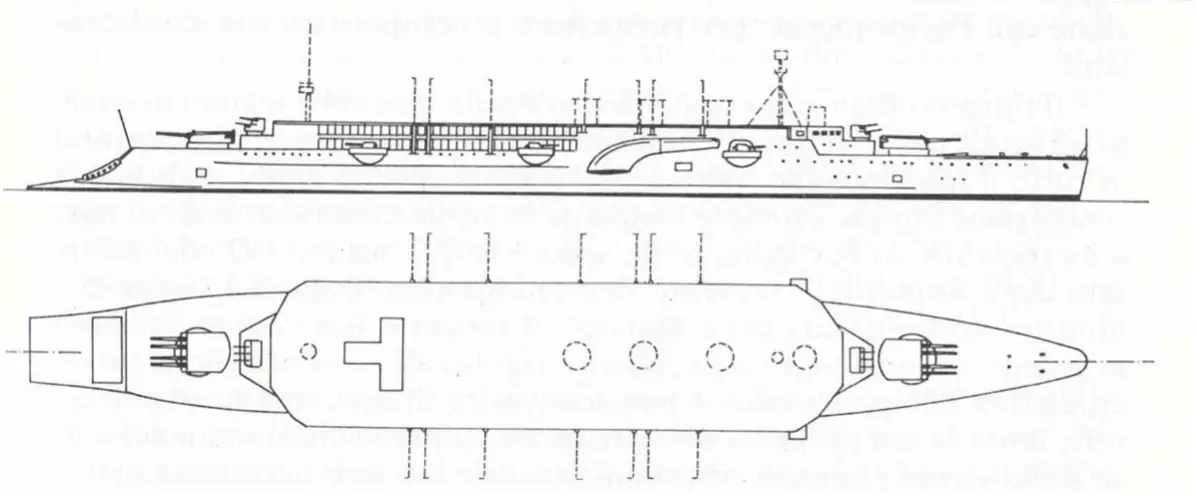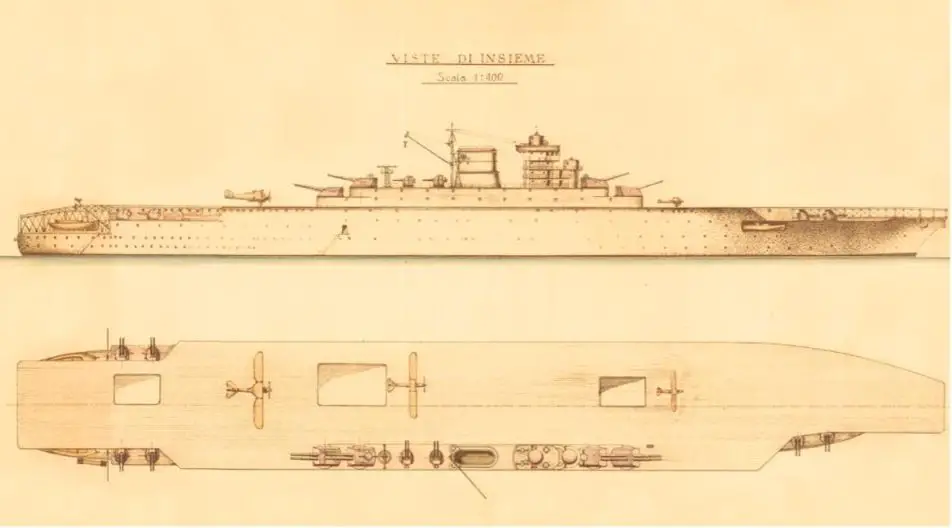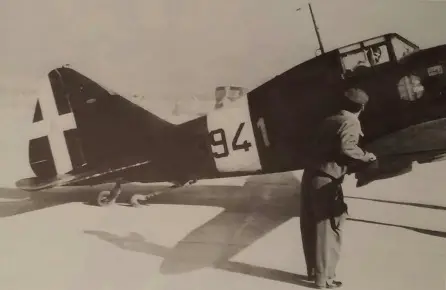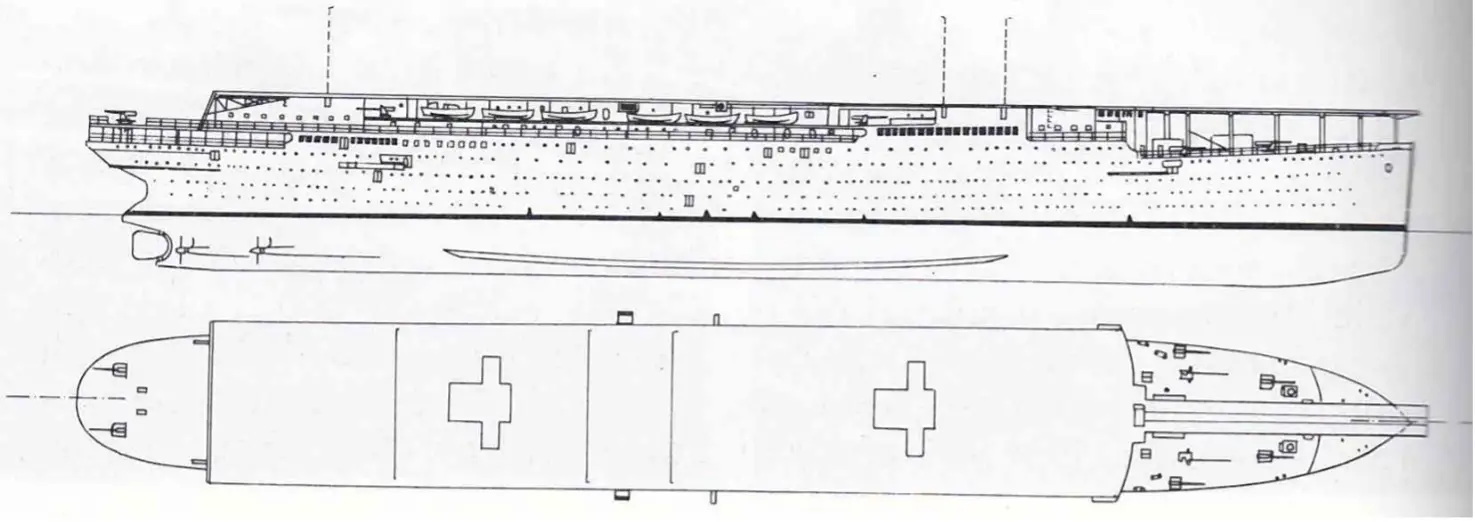The story of the Italian aircraft carrier program is longer and more controversial than usually believed and it’s not just limited to the rushed decision to build the carrier Aquila in early 1941.
The beginning
It all started in the early 1920s with the high ranks of the Navy discussing the opportunity of building such kind of vessel. This came in the period when the British, American and Japanese navies were already testing and deploying such units.
In June 1923 the college of Admirals (a leading body of the Italian navy) gathered in Rome to discuss the matter of the Aircraft Carrier and whether to build one vessel of this type for the Regia Marina. The meeting was chaired by Admiral Umberto Cagni and attended by Navy Minister (and Grand Admiral) Paolo Thaon di Revel; the college of admirals expressed a positive interest for the aircraft carrier, outlining the importance of its tactical role. The committee thus voted in favour to start the development of an aircraft carrier with maximum displacement of 10.000 tons, capable of 30 knots speed and with an air complement of 20 aircrafts.
In early 1925, the first project (by General Giuseppe Rota) was ready, it was a hybrid design combining the duties of an aircraft carrier and a heavy cruiser, with a flat top serving 20–22 aircrafts and 8x203mm guns placed in two quadruple turrets.

Figure 1 the 1925 design by G.Rota
In that period modernization plan for the Navy was taking shape and there was an urgent need to modernize the cruiser complement. In august 1925 a new high-level meeting of admirals was held. The discussion was centered on the opportunity to prioritize the construction of an aircraft carrier or new cruisers, the meeting was chaired by Mussolini himself, who at the time was temporarily covering the role of Minister of the Navy.
Mussolini, in a rare expression of humility, stated: “I am here to learn, I count on your kind and continuous cooperation […]”.
Admiral Alfredo Acton provided a detailed overview of the pros and cons of building a fleet carrier but this time the cons were much more numerous than in 1923. The main point was that due to its geography, Italy could operate land-based recognizance planes and bombers on a wide portion of the Mediterranean Sea, thus reducing the need for pushing a fleet carrier into service.
The financial restraints and the urgent need to renew the Cruiser complement of the Regia Marina finally led the committee to prioritize other naval constructions and postponed indefinitely the development of an aircraft carrier. Mussolini then closed the discussion stating that “to summarize, an aircraft carrier is useful for a nation faced with possibility of fighting a war on the oceans, which is not our case […]”.
Interwar designs and failures
In the next years, further events progressively overshadowed the Italian aircraft carrier development:
1) The Regia Aeronautica (Air Force) between 1931 and 1933 acquired total control of all aircraft, thus denying forever the existence of an independent naval aviation, an essential element for deploying an effective Carrier force.
2) The launch of the French Dunkerque class led the Regia Marina to prioritize the construction of new battleships capable of facing such threat. This meant the reconstruction of the Cavour class battleships and later the construction of the Littiorios.
3) Last but not least, the Regia Marina showed overall a weak determination in pursuing the development of an aircraft carrier.
In this adverse context, however, new designs for aircraft carriers continued to appear, examples are the 1929 design by General Filippo Bonfiglietti, the 1932 design of the project office of the navy, envisaging a 16,000 t aircraft carrier, armed with 4 x 152 mm guns and capable of carrying 40–45 aeroplanes. The 1936 project by Luigi Gagnotto, for transforming the liner “Roma” into a flattop carrier.

Figure 2 1929 project by General Filippo Bonfiglietti (pictures from “La portaerei scomparsa del Generale Bonfiglietti, 2016)
The War experience
When the second world war started, Italy had made no progress on the aircraft carrier issue, there were several designs available but little determination to push the matter.
In November 1940, after the Taranto raid, the usefulness of an aircraft carrier became evident to the whole Italian supreme command. Consequently, the liner “Roma” (which had already been seized by the Regia Marina) was brought to Genoa where its conversion into a fleet carrier started, following Gagnotto’s project of 1936. The navy blocked the construction in late January 1941 but after the disastrous crash of Cape Matapan the conversion works quickly resumed, now following a newly revised project, which resembled in a way the latest British aircraft carriers designs. The new unit was then renamed “Aquila”.

Figure 3 Concept of the Aircraft carrier “Aquila”, conversion of the civilian liner “Roma”
The ship would have had a displacement of 32,000 tons fully loaded and should have reached a speed of 30 knots, however, no real sea trials were ever conducted. The armament would have consisted of 8x135mm Ansaldo-OTO guns in single mountings 12 Ansaldo-Terni 65mm cannons in single mountings and finally, 132x20mm Breda machine guns arranged in 22 6-barrel complexes.
The aircraft complement of the Aquila should have been based on the monoplane fighters Reggiane 2001, which would have acted also as bombers. Testing was carried out both with the Reggiane fighters and the Fiat G.50 but it seems that only the Reggiane fighter would have equipped the air complement of the Aquila.

Figure 4 The pictures below show the modified versions of a Re.2001 and G.50 mounting the Tailhook.
However, aircrafts conceived to be land-based do not easily adapt to operation onboard carriers, in addition, the Italian planes didn’t have folding wings, thus creating space and placement problems within the ship hangar. To gain space, the Italians designed a system for hanging an additional line of aircraft to the ceiling of the hangar.
In late 1942, a curious project was put forward, it consisted of transforming the damaged heavy cruiser Bolzano into an aircraft launching cruiser, yes you heard that right.
This bizarre project however was discarded and saw no further development. In the same period, the Navy started the conversion of the liner “Augustus” into a second aircraft Carrier (renamed “Sparviero”). The project for this vessel was the 1936 original plan for the conversion of the “Aquila”.

Figure 5: 1936 project by L. Gagnotto

Figure 6 The carrier Aquila testing its engine in harbor
In the summer of 1943, the completion of the Aquila was not far and the ship had tested its propulsion in port, being almost ready for sea trials. The events of spring/summer 1943 first, and then the armistice between Italy and the Allies blocked any further work on both the Aquila and the Sparviero.
Fate of the ships
Shortly after the armistice, German forces occupying Italy sized the ships at anchor in Genova and later started to dismantle some of their parts to gain steel and other materials. The two unfinished hulls remained in Genova accumulating rust for quite some time. In 1944 the Sparviero was sunk in harbour by the Germans to sabotage the port.
To prevent the Germans from further blocking the port with the hull of the Aquila, a bold operation was put in motion. It was carried out by co-belligerent Italian frogmen units of “Mariassalto” (made up by men of the former X° MAS that remained loyal to the King after the armistice) and British personnel.
On the 19th of April 1945, the Aquila was hit at its anchorage, but not sunk. When allied forces entered the city some days later, they found the Aquila at its anchorage, listing by a few degrees. Apparently, the Germans had no more time or willingness to sink the Aquila.
The ill-fated carrier was repaired at the end of the war and later moved to La Spezia, where it finally went to the scrapyard in 1952.
SOURCES:
Bagnasco, E. (1989). La Portaerei nella Marina Italiana: idee, progetti e realizzazioni dalle origini ad oggi. Rivista Marittima.
Giorgerini, G. (2001). La Guerra Italiana sul mare, La marina tra vittoria e sconfitta 1940-1943.